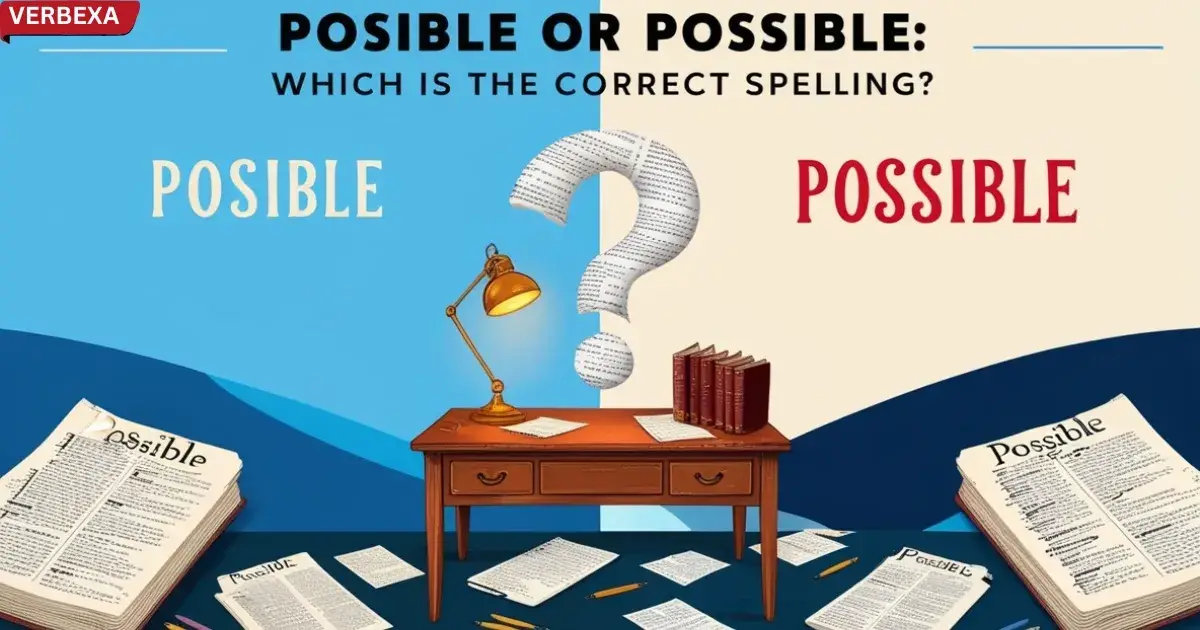In the intricate landscape of English language writing, few spelling challenges create as much confusion as the posible or possible dilemma. Many writers find themselves trapped in a linguistic labyrinth, uncertain whether they’re using the correct term. This article aims to unravel the mystery, providing clarity and confidence in your spelling choices.
Imagine submitting an important report, only to realize you’ve used an incorrect spelling that undermines your professional credibility. The difference between posible and possible might seem subtle, but it can significantly impact communication effectiveness.
Key Takeaways
- Possible is the correct English spelling
- Posible is the Spanish language equivalent
- Proofread and verify your spelling
- Context determines the appropriate usage
Definitions and Usage: Breaking Down the Posible Or Possible Puzzle
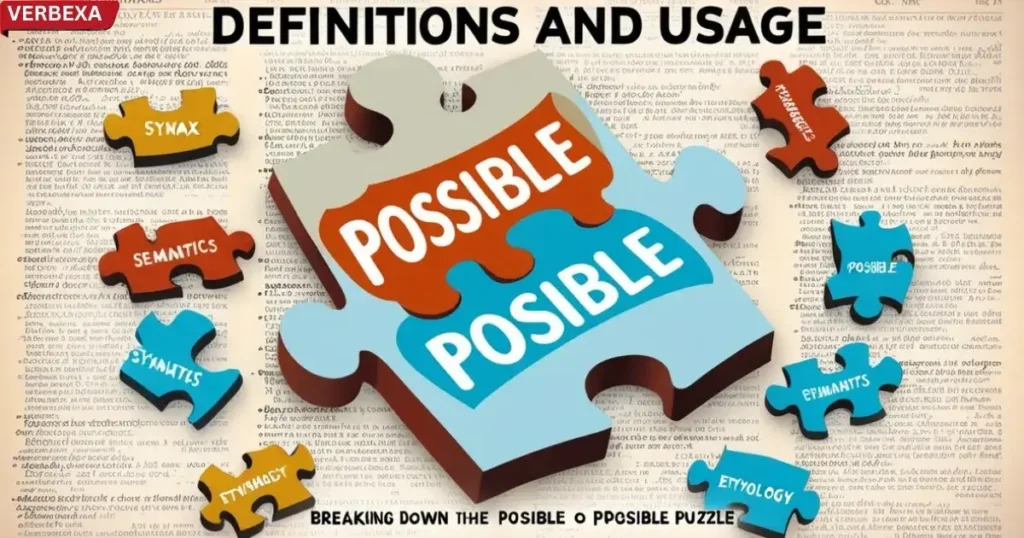
Possible: The Correct English Spelling
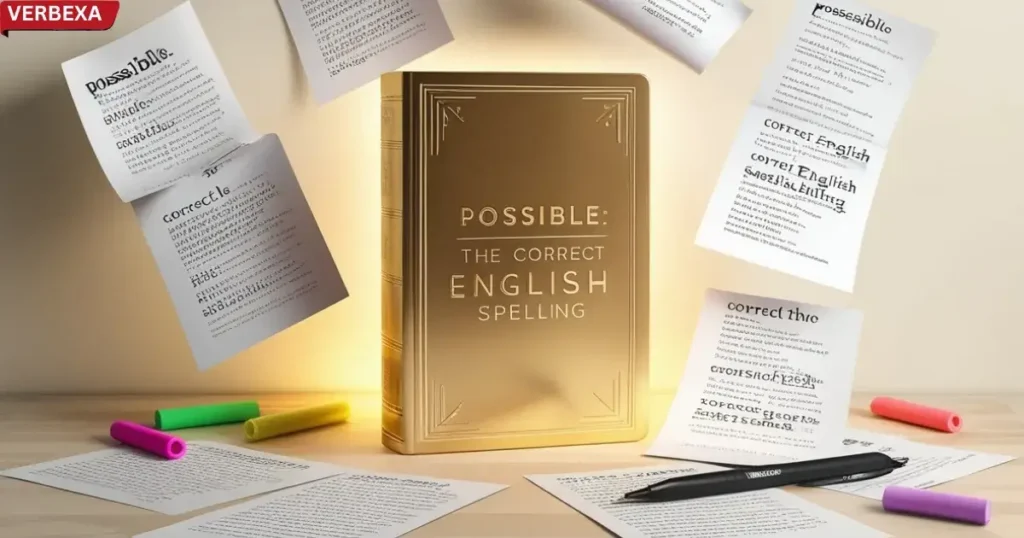
The word possible is the correct spelling in the English language. It derives from the Latin “possibilis,” meaning “that can be done.” In modern usage, it represents:
- Definition: Something that can happen, exist, or be done
- Grammatical Role: Adjective
- Context: Expressing potential, likelihood, or feasibility
Example Sentences
- It is possible to complete the project by tomorrow.
- We explored every possible solution to the problem.
- Possible outcomes include success, partial completion, or failure.
Posible: A Spanish Language Variant
Posible is the correct spelling in Spanish, meaning the same as “possible” in English. However, it is an incorrect spelling when used in English writing.
Synonyms: Expanding Your Possible Vocabulary
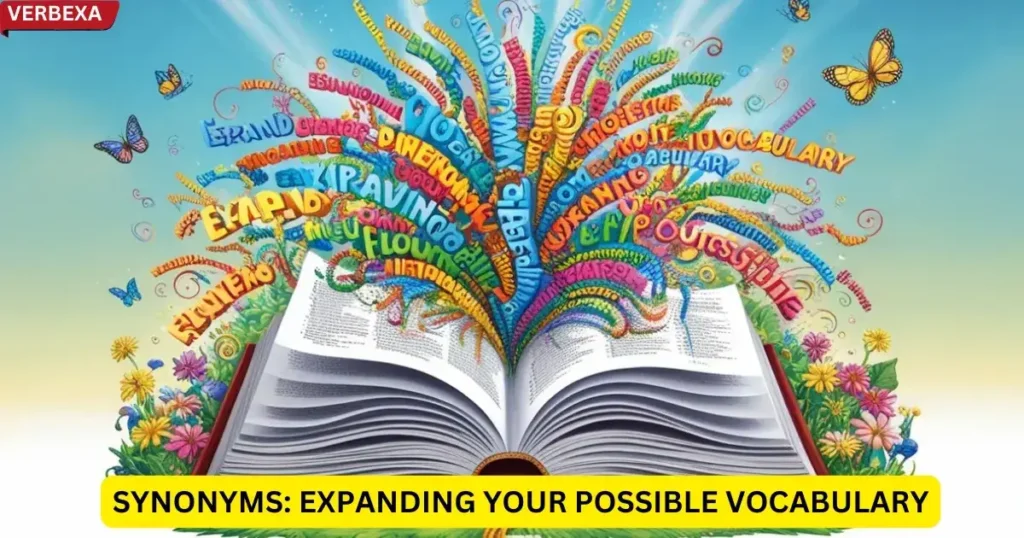
Synonyms for Possible
- Feasible
- Probable
- Potential
- Conceivable
- Viable
- Achievable
- Imaginable
- Plausible
- Workable
- Attainable
Comparison Table: Posible Or Possible
| Aspect | Possible | Posible |
|---|---|---|
| Language | English | Spanish |
| Spelling Accuracy | Correct | Incorrect in English |
| Usage | Describing potential outcomes | Same meaning in Spanish context |
| Professional Writing | Recommended | Avoid in English text |
When to Use Each Term: Spelling Guidance
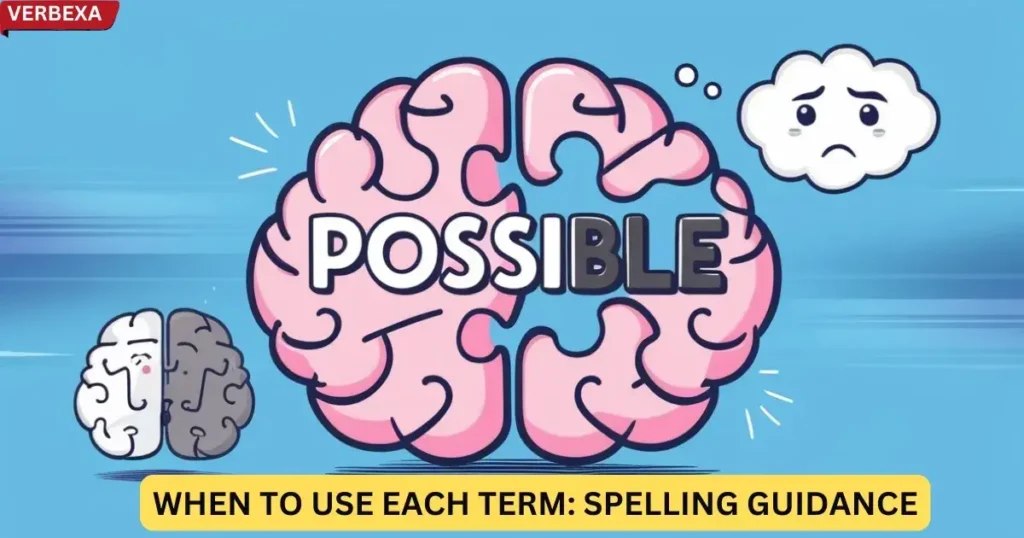
English Writing
- Always use possible
- Check spelling carefully
- Proofread documents
- Use spell-check tools
Spanish Writing
- Use posible as the correct spelling
- Example: “Es posible que lleguemos tarde” (It’s possible we’ll be late)
Everyday Usage Examples: Posible Or Possible in Context
- Correct: It is possible to reschedule the meeting.
- Incorrect: It is posible to reschedule the meeting.
- Spanish: Es posible que llueva mañana. (It’s possible it will rain tomorrow)
Common Mistakes and Improvement Strategies

Spelling Pitfalls
- Confusing English and Spanish spellings
- Relying on autocorrect
- Lack of proofreading
Practice Techniques
- Create spelling flashcards
- Read extensively
- Use online spelling tools
- Practice writing sentences
FAQs
How do you spell possible or posible?
The correct spelling is “possible” in English; “posible” is the correct spelling in Spanish. This often causes confusion due to similar pronunciation.
What is this word possible?
“Possible” is an adjective describing something achievable or likely to happen. It signifies potential or feasibility.
What is possible in grammar?
Grammatically, “possible” functions as an adjective modifying nouns or verbs, indicating probability or potential.
What is the correct form of possible?
“Possible” is already in its correct form; there are no other grammatically correct forms of the word in English.
Conclusion: Mastering the Posible Or Possible Challenge
Understanding the nuanced difference between posible and possible is more than a spelling exercise—it’s about professional communication and language accuracy. By recognizing possible as the correct spelling in English, you elevate your writing quality and avoid potential misunderstandings.
Improve your writing, avoid confusion, and communicate with confidence by mastering the posible or possible distinction.

This author is a passionate linguist and grammar enthusiast, dedicated to helping individuals master the art of language. With years of experience in teaching and editing, she brings clarity and precision to every sentence. Tina’s mission is to empower writers of all levels to express themselves with confidence and excellence.

